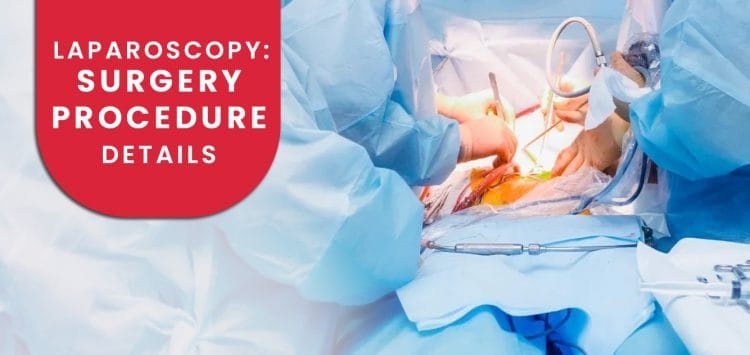Laparoscopic tubal recanalisation

What is Laparoscopic Tubal Recanalization?
Laparoscopic tubal recanalization is a surgical procedure that reopens or repairs blocked or previously tied (ligated) fallopian tubes. Performed using a laparoscope—a small, lighted camera—it allows surgeons to precisely operate through tiny incisions, resulting in minimal discomfort, faster recovery, and excellent outcomes.
This procedure is ideal for women who:
-
Have undergone tubal ligation but now wish to conceive.
-
Suffer from tubal blockages due to infection, endometriosis, or scarring.
-
Prefer natural conception over IVF or other assisted reproductive techniques.
Key Benefits of Laparoscopic Tubal Recanalization
Minimally Invasive: Tiny incisions mean less pain, reduced scarring, and quick recovery.
Restores Natural Fertility: Enables the possibility of conceiving naturally without ART.
High Success Rate: Particularly effective in women under 35 with minimal tubal damage.
Short Hospital Stay: Most patients are discharged within 24 hours.
Cost-Effective Alternative to IVF: A one-time procedure with long-term benefits.
How the Procedure Works
Pre-Procedure Evaluation:
-
Diagnostic imaging (like HSG or sonosalpingography) to assess tubal health.
-
Detailed consultation to review your medical history and reproductive goals.
Surgical Process:
-
Small abdominal incisions are made to insert the laparoscope and micro-instruments.
-
The blocked section of the fallopian tube is cleared or rejoined (if previously cut).
-
The area is closed with minimal stitches, leaving hardly any visible scars.
Post-Procedure Care:
-
Discharged within a day with easy-to-follow care instructions.
-
Mild discomfort may occur for a few days.
-
Follow-up visits to monitor healing and discuss fertility planning.
Who Should Consider This Procedure?
You are under the age of 40.
Your fallopian tubes have minimal damage.
You had tubal ligation in the past and now wish to reverse it.
You are looking for a natural pregnancy instead of IVF.
FAQs – Laparoscopic Tubal Recanalization
Q. Is the procedure painful?
No, it is performed under anesthesia. Post-op discomfort is minimal and managed with medication.
Q. How soon can I try to conceive after the surgery?
You may try to conceive naturally within 1–3 menstrual cycles, as advised by your doctor.
Q. Are there any complications?
Risks are minimal when performed by experienced surgeons. In rare cases, there may be slight chances of re-blockage or infection.
Q. Is this better than IVF?
If you are a good candidate, recanalization allows multiple chances at natural conception without repeated IVF cycles.
